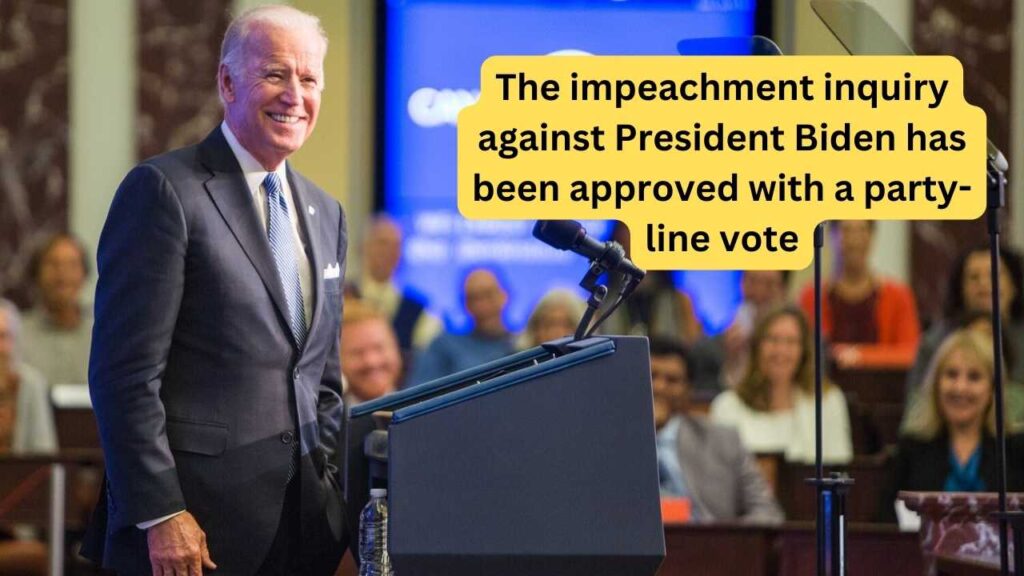Reacher Season 2: When Will the New Episodes Arrive? Check the Full Release Schedule
The popular crime thriller series Reacher returned (Reacher Season 2) for its second season on Friday on Prime Video, where the show’s protagonist and anti-hero Jack Reacher are tasked with solving a series of bizarre new murders. The first five episodes of the second season will stream in December, with the final three episodes set […]
Reacher Season 2: When Will the New Episodes Arrive? Check the Full Release Schedule Read More »










